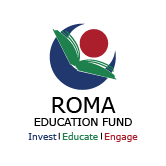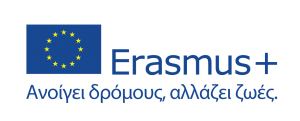REF has extensive experience and knowledge surrounding the types of interventions in and approaches to Roma education. REF currently structures its grants around five good practice models for achieving impact in different countries and policy settings.
Embedding effective models for Roma education requires strong partnerships with national and local education authorities and implies intense communication with them throughout the process of adjusting best practice models to national and local contexts.
Expanding Access to Preschool Education: Early Childhood Education
REF’s early childhood education model aims to improve the school readiness and early childhood development outcomes of Romani children under age six by improving the enrollment and attendance in the mainstream preschool services; enhancing the parenting skills and improving the practices of Romani parents; strengthening the link between parents and preschool and kindergarten facilities; and raising the quality of early childhood education services, such as teaching and learning methods.
Avoiding Early School Leaving in Primary Education
The primary education model intends to improve the primary education outcomes of Romani children aged between six and fourteen by supporting primary education enrollment and school-after-school programs (tutoring and mentoring) with improved access (enrollment) to primary education, preventing early school leaving, enhancing parental skills, and strengthening the link between parents and schools, providing remedial classes to children and offering professional support and guidance to school staff and authorities.
Expanding Access to Secondary Education
The secondary education model aims to improve the academic performance of students and to maintain the retention and graduation rate of Romani secondary school students through better outreach, provision of scholarships, school-based mentorship support and tutorship support.
Expanding Access to Higher Education
The higher education model includes the component of RomaVersitas, a program intended to improve the retention, performance and graduation levels of Romani full-time tertiary education students. RomaVersitas provides academic tutoring and mentoring to help strengthen students’ Romani identity and community participation. This model consists of compulsory and optional components. It serves as a bridge for young Romani scholars and includes scholarships, mentoring, tutoring and additional training in professional development and foreign language competences.
Second Chance Programs for Adult Functional Literacy and Formal School Completion
The adult education and training model aims to improve the education level and employment prospects for young Romani adults. It provides those with incomplete primary and/or secondary education with tutoring and financial support for completing formal primary and/or secondary education. This model also aims to improve the literacy and social communication skills of illiterate and semi-literate Romani parents (mainly mothers) of preschool- and school-age children and enhance their involvement in their children’s education through provision of non-formal literacy and social communication skills trainings.



